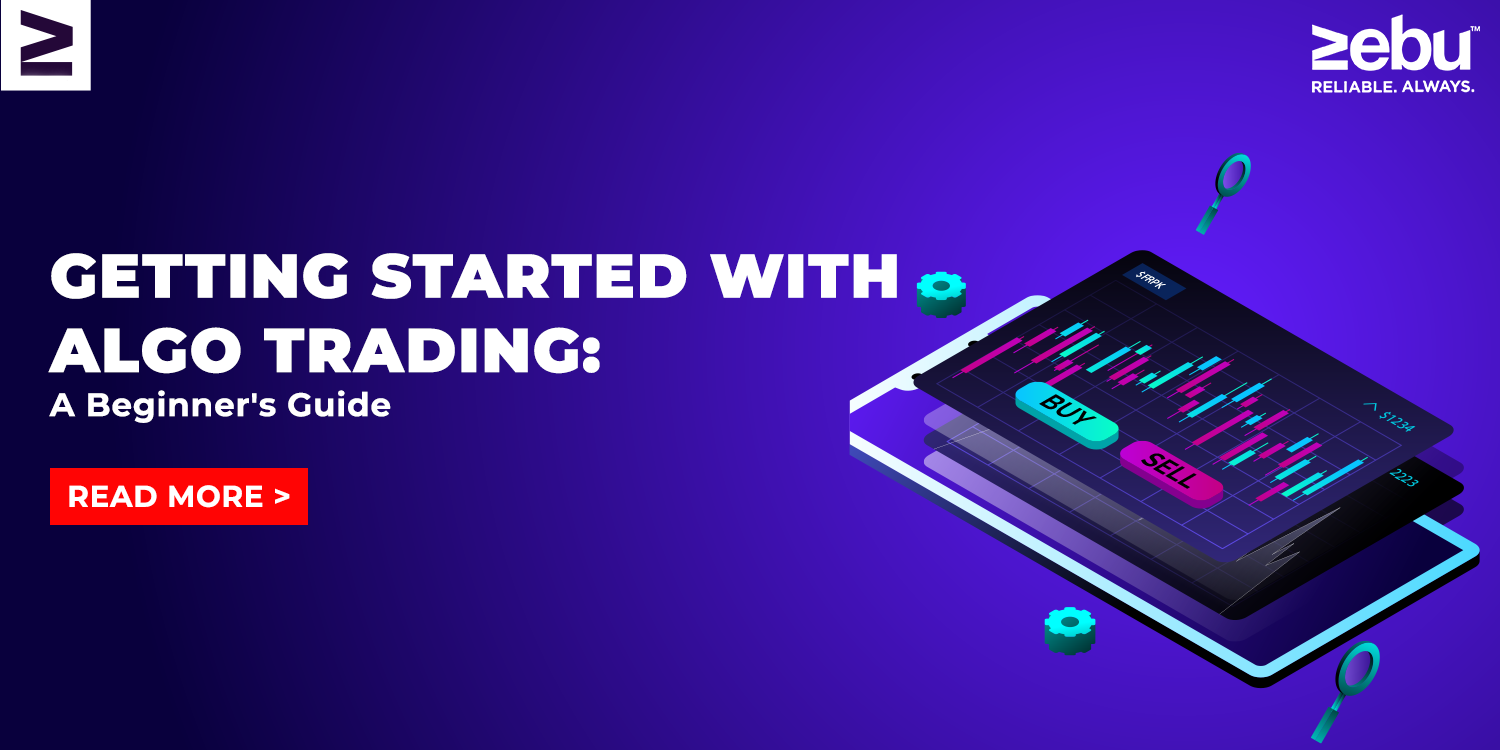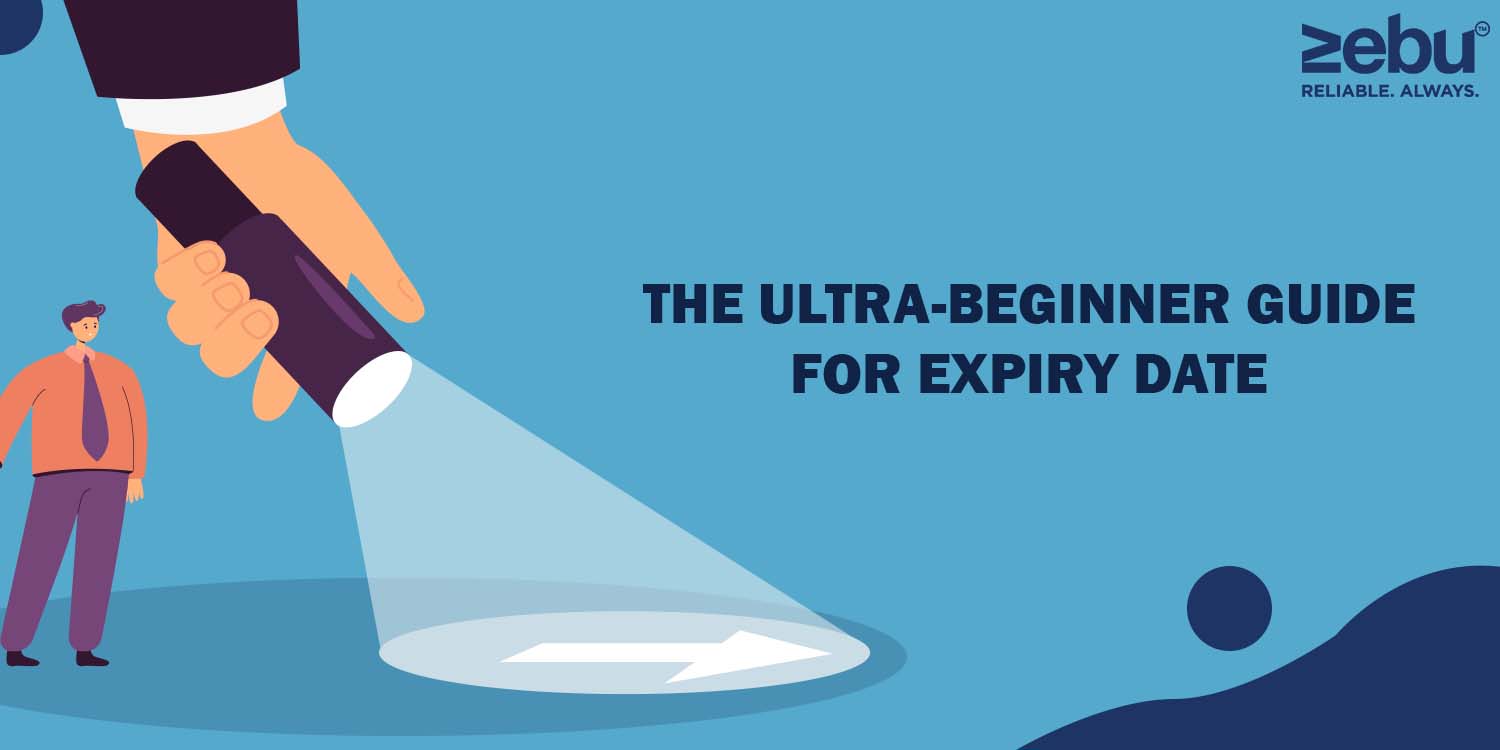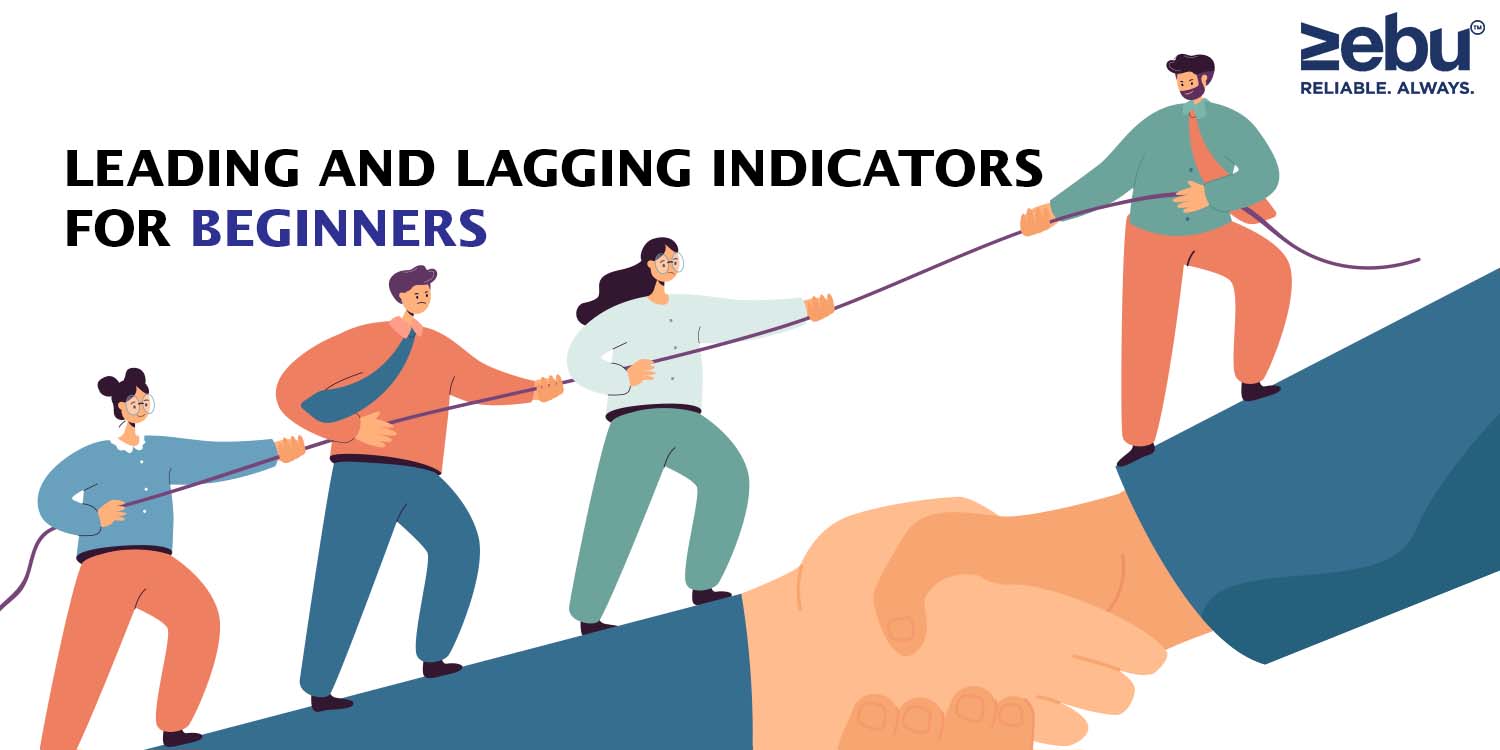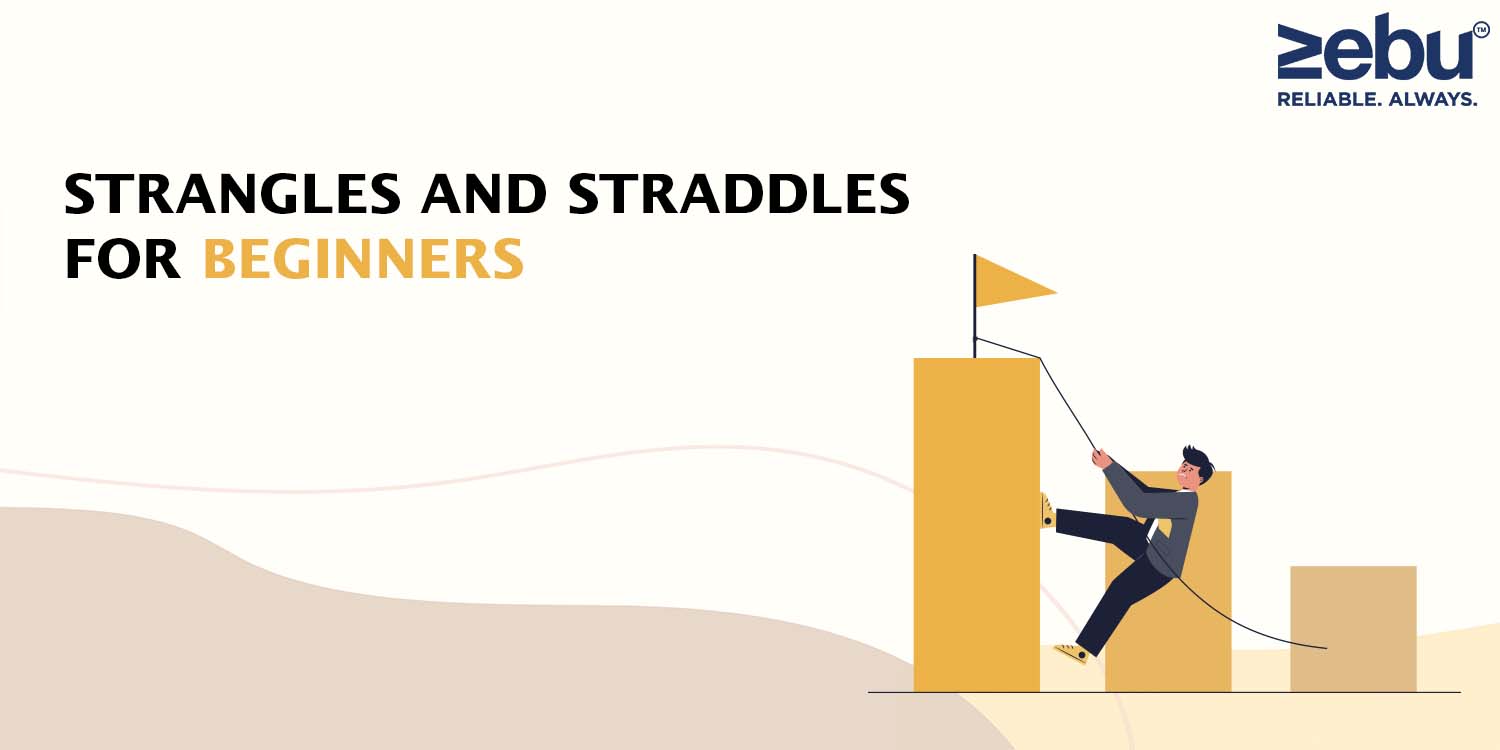
Algorithmic trading, sometimes known as “algo trading,” is a type of trading where trades are made based on mathematical models using computer algorithms. Since it enables traders to execute transactions more rapidly and accurately than manual trading techniques, this sort of trading has grown in popularity in recent years. However, algo trading might appear difficult and high-level to newbie traders. We’ll go through what new traders need to know about algo trading in this blog article.
Algo trading is a sort of trading in which trades are carried out using computer algorithms based on mathematical models. The algorithms are made to quickly assess market data, spot trading opportunities, and complete trades. Both institutional and retail traders utilise algorithmic trading to transact in a range of financial assets, such as stocks, bonds, currencies, and commodities.
Benefits of algo trading: Compared to manual trading methods, algo trading has a number of advantages. Algorithmic trading, for instance, may carry out trades more quickly and accurately while also assisting traders in avoiding the emotional biases that might influence human trading decisions. Trading with algorithms also enables investors to profit from market opportunities that human trading techniques could overlook.
Algorithmic trading provides a number of advantages, but it also has a number of hazards. Algo trading, for instance, may be impacted by market volatility and prone to hacking or computer faults. Additionally, market circumstances can have an impact on algo trading, and traders may need to modify their algorithms to account for these changes.
Starting with algo trading: It’s critical to have a firm grasp of trading principles and financial markets if you’re interested in beginning with algo trading. Additionally, you want to become acquainted with the tools and computer languages utilised in algo trading, including as Python, R, and MATLAB. It’s crucial to have a firm grasp of market data and to create a strong trading plan that takes your risk tolerance and financial objectives into consideration.
Hiring a developer: Algo trading may be difficult and complicated, particularly for novice traders. It could be better to talk to a developer who can offer advice and help if you’re new to algo trading. A specialist can guide you as you traverse the world of algo trading by helping you create a trading strategy, pick the appropriate software and tools, and get continuing assistance.
In conclusion, traders aiming to execute transactions more rapidly and accurately may find algo trading to be a potent instrument. For novice traders, it’s crucial to be aware of the advantages and disadvantages of algo trading as well as to become familiar with the instruments and strategies employed in this market. New traders may succeed in algo trading and benefit from its numerous advantages with the correct information and assistance.


